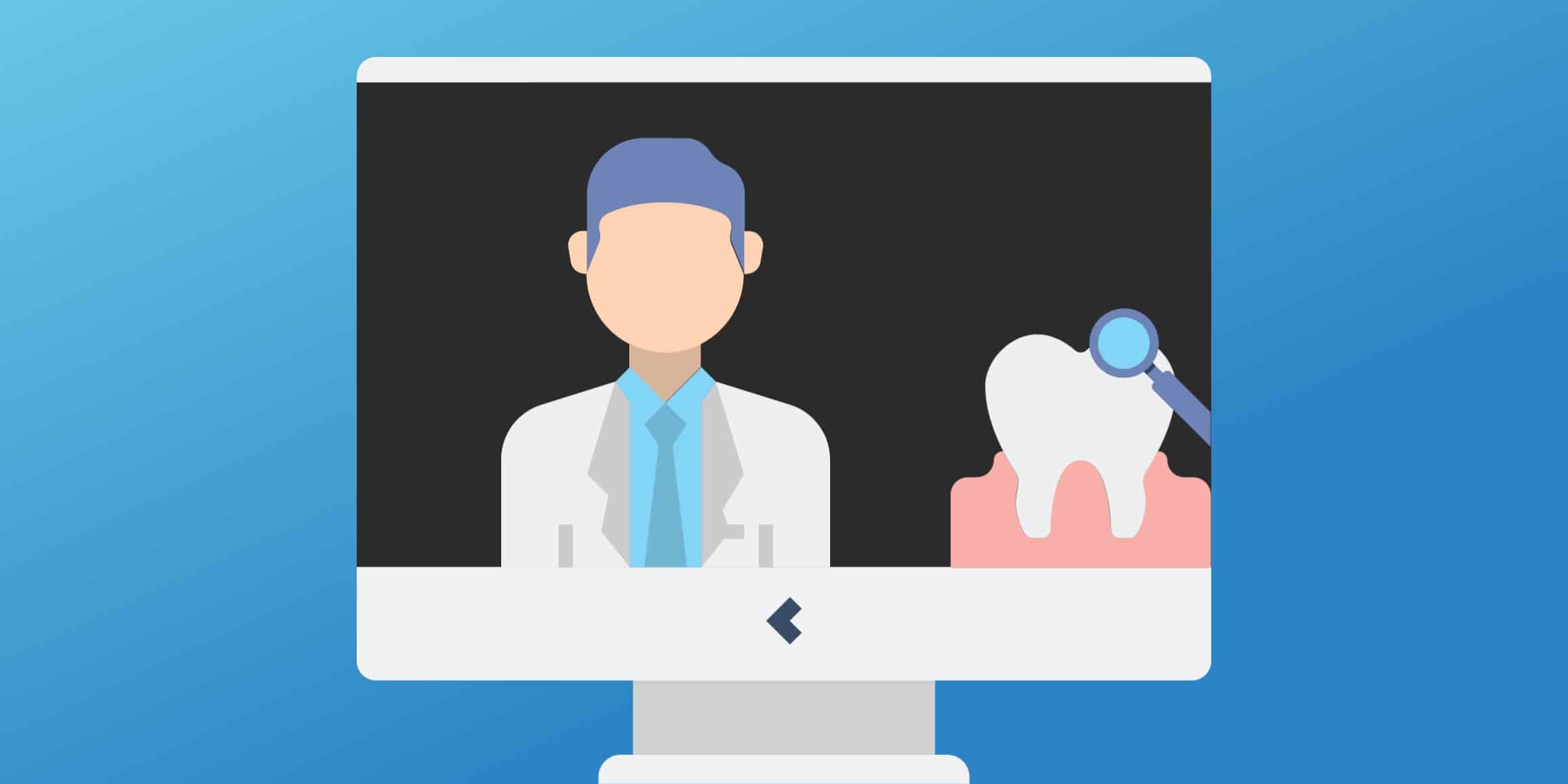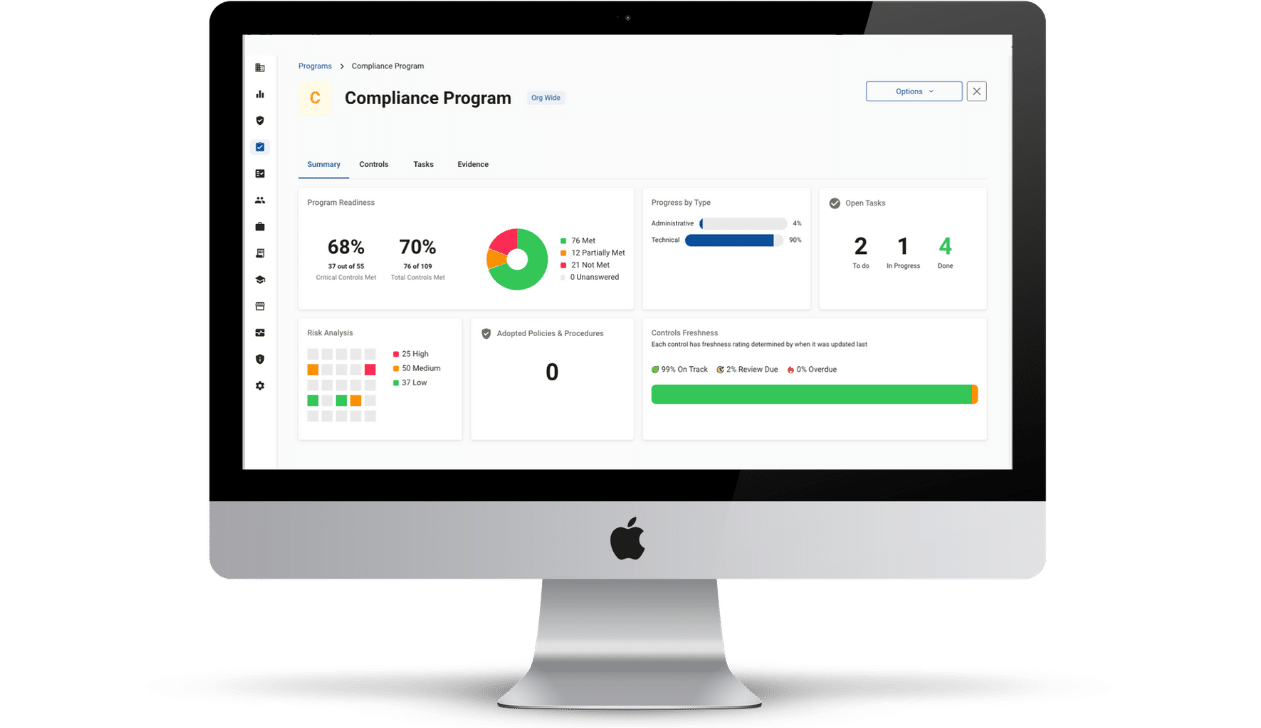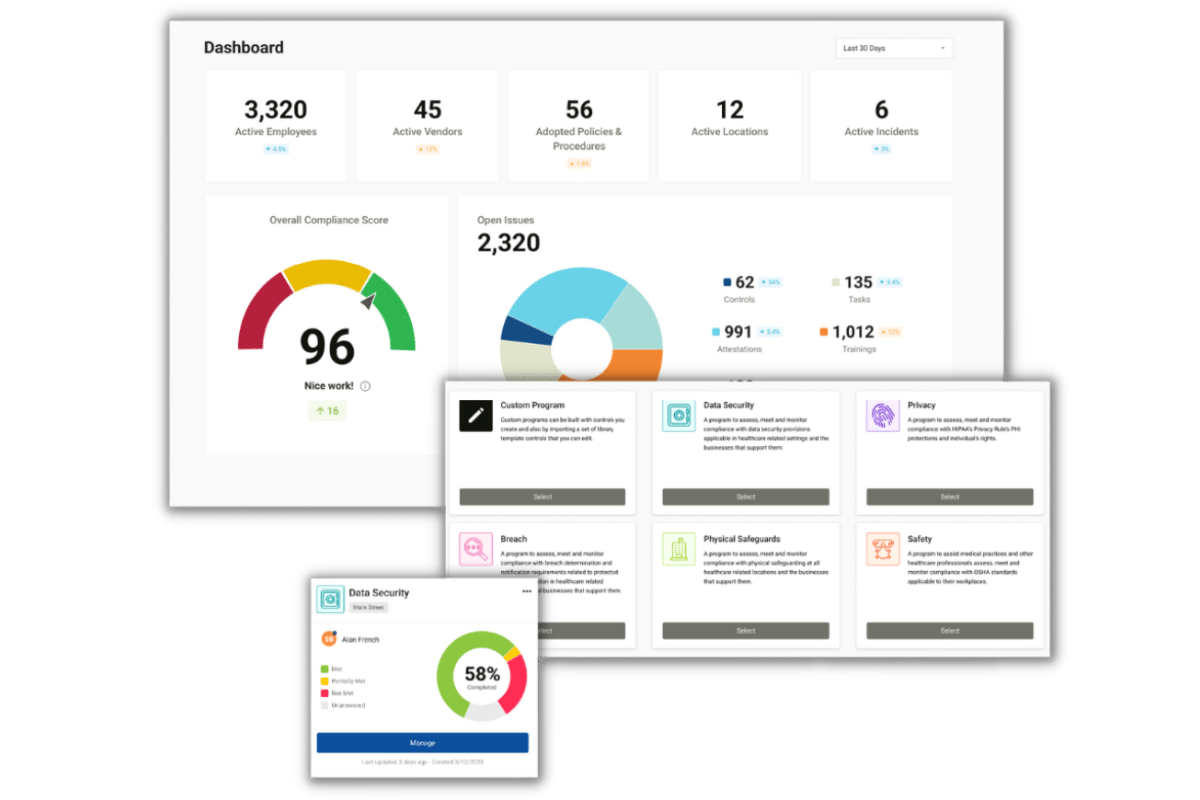The COVID-19 pandemic forced healthcare practitioners to find new ways to deliver quality medical care to patients in remote settings. Dentistry also embraced the concept of telehealth with teledentistry solutions designed to reduce costs, improve efficiency, and create more convenience for patients and dental staff.
The market has many options for telehealth services, but which one is right for you? Here are a few things to consider as you navigate the jungle of teledentistry regulations and opportunities.
How to Successfully Navigate HIPAA Teledentistry Regulations – Think HIPAA First
Any application or service used by dentists or other healthcare providers must meet the standards enumerated in the Health Insurance Portability and Accessibility Act (HIPAA). One of the primary reasons that Congress passed the HIPAA law was to ensure patients’ protected health information (PHI) privacy and security.
That means your teledentistry services should have access controls as required by the HIPAA Privacy Rule. Data usage and storage must have multi-factor authentication and end-to-end encryption as required by the HIPAA Security Rule.
As we write this, our nation is still under a public health emergency declaration. When HHS first declared this emergency in 2020, they announced a relaxation of enforcement for using non-HIPAA-compliant telecommunications services like Zoom and FaceTime for telehealth delivery, as long as only the intended parties can access the services.
HHS has already announced that those exemptions will end when the public health emergency finally ends. It’s prudent to switch to teledentistry service providers that are 100% HIPAA compliant sooner rather than later.
How to Successfully Navigate HIPAA Teledentistry Regulations – Find one that Fits
One of the critical factors in choosing any product or service for your practice is always how well it integrates with how you operate. The same is true for a teledentistry service.
Here are a few questions to consider when selecting your teledentistry solution:
- Does it work well with your current practice management system? You likely will need to share data between the two applications. Can you do this easily without creating burdensome workarounds or compromising security?
- Is it built for the needs of your dental practice? Any system should support basic needs like confidential patient communication and secure information sharing with specialists or referrals.
- Can you quickly and efficiently update and maintain patient records? One of the most-overlooked requirements of HIPAA is patients’ right of access to medical records. When a patient asks for their dental records, you must be able to completely fulfill their request, usually within 30 days of when they ask for it.
The HHS Office for Civil Rights has made right of access violations a point of emphasis, taking enforcement actions against 41 doctors and dentists in the past few years. Can you gather all records and documentation needed from all sources, including your teledentistry application, before a HIPAA violation can occur?
Teledentistry is not likely to go away any time soon. Neither are teledentistry regulations like HIPAA. With all of the changes to healthcare delivery in the past three years, are you confident that you are following all HIPAA regulations? Partial compliance is the same as non-compliance in the eyes of the OCR investigators. Let us review your HIPAA compliance strategy and suggest options that could yield a return on your investment in compliance.











